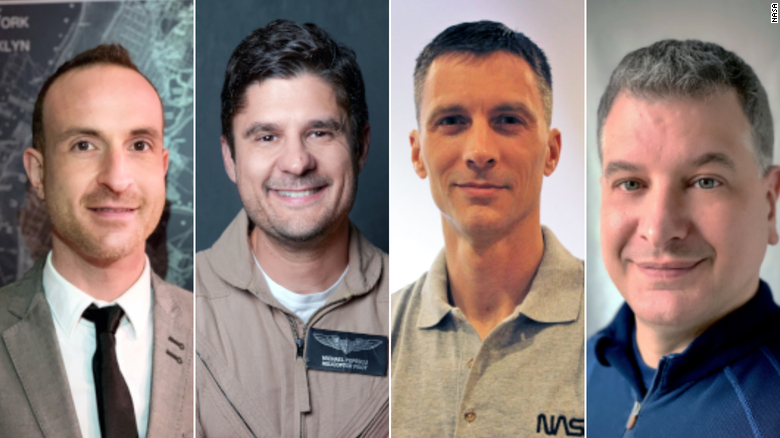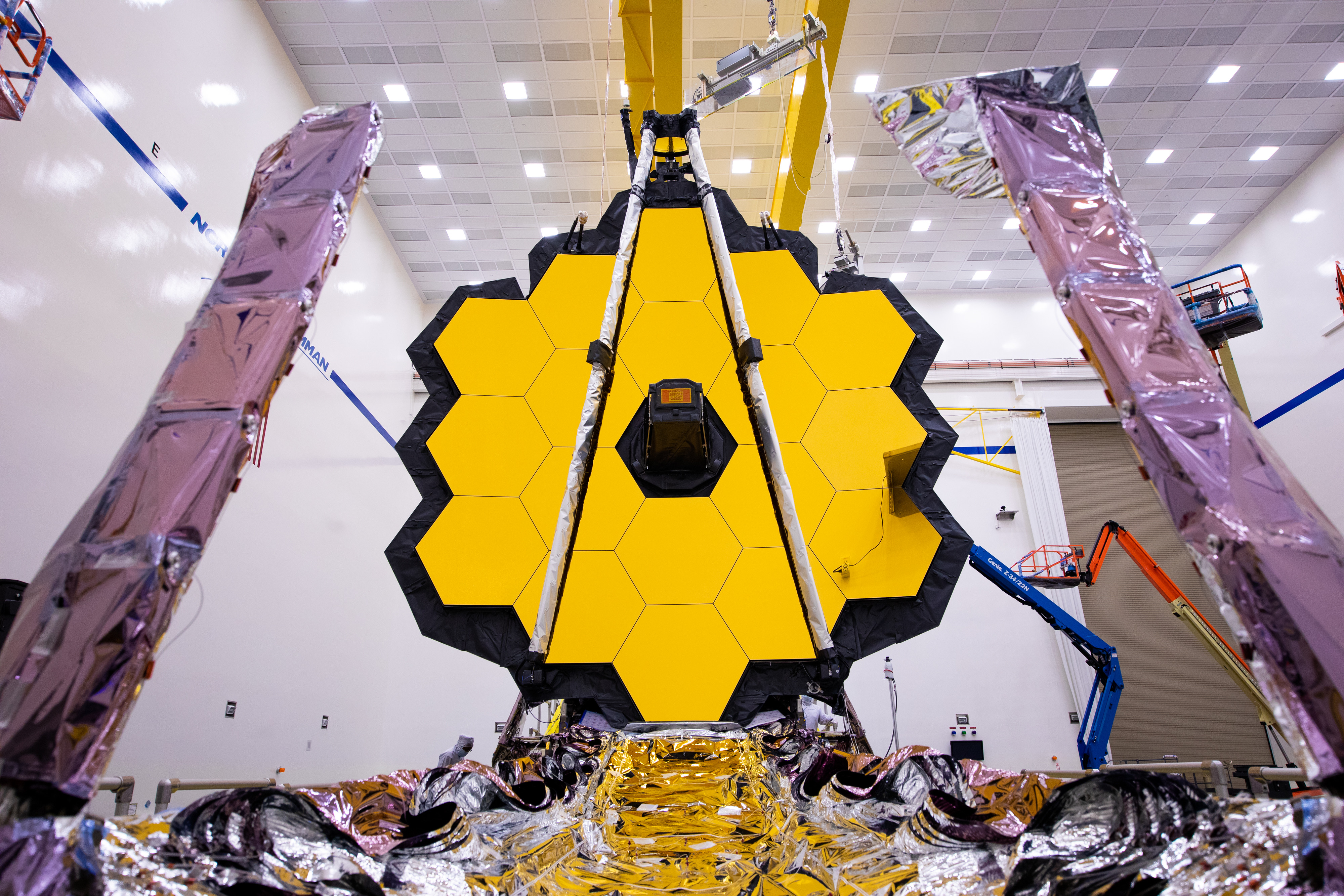Four volunteer crew members have embarked on a simulated journey to Mars inside a ground-based habitat at NASA to study the isolation and confinement of exploration missions. The simulated journey to Mars' moon Phobos began on Friday at NASA's Johnson Space Center in Houston and will last for 45 days. The volunteer crew, which includes Jared Broddrick, Pietro Di Tillio, Dragos Michael Popescu and Patrick Ridgley, entered a structure called the Human Exploration Research Analog, or HERA, which is "designed to serve as an analog for the rigors of real space exploration missions," NASA said in a statement. In a video posted to NASA's Johnson Space Center Twitter account, the four men were seen entering the HERA structure before the hatch was officially closed and will not be opened until March 14.
While inside the HERA structure, the men will experience up to five minutes of delayed communication with the rest of the world, the agency said. The goal, according to NASA, is to help train the crew and NASA coordinators to practice communicating under these circumstances while ensuring a smooth operation. This is the second of four "Campaign 6" missions conducted by HERA to facilitate research into the "behavioral and team performance of longer duration missions," NASA's website says. The final mission as part of the campaign is scheduled for Sept. 12, 2022. To qualify for the missions, individuals must be healthy non-smokers between the ages of 30 and 55. Applicants to be part of the HERA crew submit their resumes to Johnson Space Center's Test Subject Screening group and must pass a physical and psychological test to b
Credits:
https://www.cnn.com/2022/01/29/us/nasa-mars-study-isolation-confinement-scn/index.html




/cdn.vox-cdn.com/uploads/chorus_image/image/70426694/wordle_photo.0.jpg)
:format(webp)/cdn.vox-cdn.com/uploads/chorus_image/image/70414176/acastro_180730_1777_facial_recognition_0001.0.jpg)



/cdn.vox-cdn.com/uploads/chorus_asset/file/23146442/37_SW_FinBMW_iX_eInk_Seite_02.jpg)


